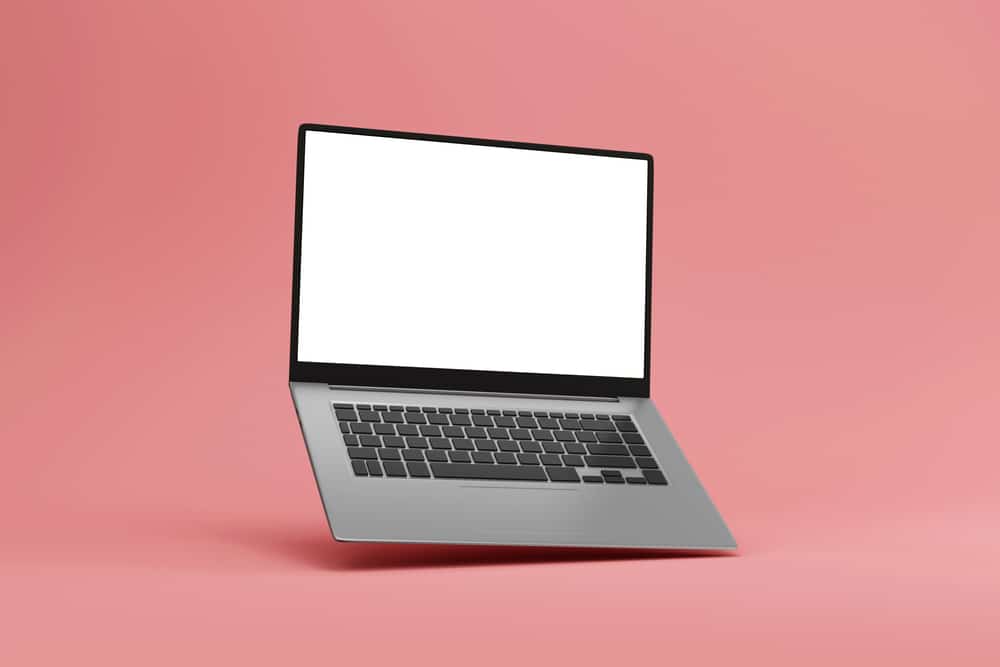More than just marketing hype, if a laptop is certified as an Ultrabook, that means it meets high standards for weight, battery life, and hard drive performance. This makes them ideal for users who require the power of a high-end PC but are always on the go. Just a few years ago, computers this powerful would be big and heavy, but every single Ultrabook is thinner than 1.5 centimeters.
While an Ultrabook is obviously more expensive than an average laptop, that doesn’t mean you can’t get a good deal. Read our tips for shopping for an Ultrabook and picking one that is perfect for your needs.
Contents
Finding a Quality Cheap Ultrabook Under $500
Buying an ultrabook has become more involved in recent years. As more brands enter the scene, we have seen the competition become more severe. If you are always on the road or need a laptop that can handle professional work, read on to find out the deciding factors before buying an ultrabook.
Size Matters
Being travel-friendly is what you are looking to get from an ultrabook. Remember that if you get an 11-inch laptop, you won’t be able to upgrade it with RAM or storage. As such, it is important to match your needs to the size of the laptop.
If, for example, you need to fit two windows on one screen, a 14-inch laptop will be better than the 11-inch model. A nice sweet spot in ultrabooks on a budget is the 12.5-14 inches, which typically do not weigh more than five pounds.
Unfortunately, the thinner your laptop is, there are more sacrifices made for performance. That is to say; this laptop isn’t great for processor-heavy activities like gaming or video editing.
High-Quality Screen
A quality ultrabook is envisioned to have the perfect combination between the panel type and resolution. For budget ultrabooks, you are looking for a beautiful display, preferably one featuring an IPS-panel. The resolution is made up of pixels. The lowest number you can take home is 1366 x 768, which is HD but not full HD as in 1920 x 1080.
A full HD screen is way better than the HD only display since it gives up to 10 additional lines of text on an email or webpage. You can fit two windows side by side and be able to edit comfortably.
Do You Need a Touchscreen?
If you are in the market to get a convertible, a touchscreen is a must-have. But if you are getting an ultrabook because it’s thin and light and will spend most of your time in the office, you don’t need to have a touchscreen.
Besides its fast input system, you are going to be dealing with lots of fingerprints. A microfiber cloth should come in handy and help keep your screen from getting dirty with fingerprints.
Memory
Your system’s performance is highly reliable on its RAM. The more simultaneous applications you run, the more memory you need to process your commands. It is essential to have at least 4GB of RAM for daily computing tasks and at least 8GB for photo and video editing. 16GB is ideal for gaming, while 32GB is necessary for servers (you won’t be needing large memory in an ultrabook).
Keyboard and Trackpad
Like size, the input also matters. Small laptops have small keyboards. It means you may encounter awkward placement of keys that can take up valuable time, especially if you type a lot. You will want to look closer at the Shift, Space Bar, Ctrl, and Delete keys to ensure that every key line up with your input style.
The way you execute each keystroke is just as important. Some models have a short actuation distance with heavy actuation force, while the opposite is true for most other ultrabooks.
Final Words
The slim profile of ultrabooks gives them an edge over other laptops in the industry. Their versatility and performance also mean that the price tag can be hard to meet when money is tight. Our reviews have focused on models that hit the mark on the performance and thin profile.
Although it’s tricky to find a video processing or gaming ultrabook in this price range, there are plenty of lightweight, long-battery-life, quick ultrabooks too. Don’t be held back by an old, slow laptop when an inexpensive model can be a considerable upgrade.

